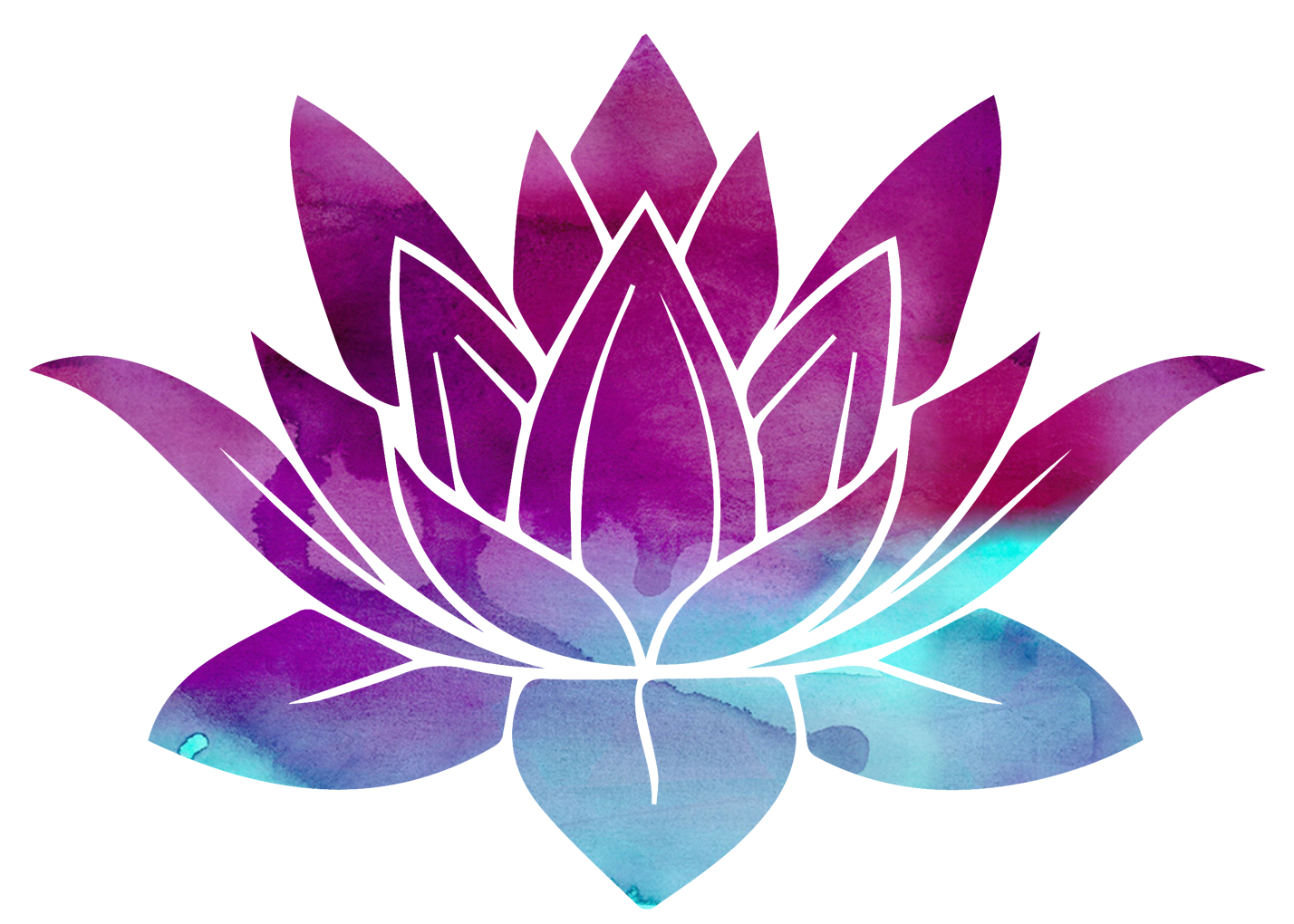Ghee is an Ayurvedic superfood with both spiritual and nutritional significance, a staple in Ayurvedic cuisine for millennia. It’s also becoming increasingly mainstream in the Western world, with endorsement from prominent holistic professionals piquing the interest of more and more health conscious individuals. But what exactly is ghee, and why should you use it?
Ghee is a form of pure butterfat. It is created by heating butter and removing the water and toasted milk solids, which contain all of the lactose and casein normally present in dairy products. Ghee is very similar to clarified butter, but it is heated longer, lending it a nuttier flavor and a higher smoking point.
With all of the controversy surrounding meat and dairy these days, you might find it surprising that ghee is actually a superior, exceptionally healthy fat, and an excellent source go omega 3’s. No wonder Ayurvedic practitioners have been using ghee in Ayurvedic cuisine for millennia! This week we explore the many benefits of incorporating ghee into your diet.
Ghee in Ayurveda
Ghee has always been nutritionally and spiritually elemental to Ayurvedic practice. Traditionally created by boiling and cooling raw milk, adding yogurt cultures, allowing the mixture to sit for 12 hours, and then churning and simmering it, ghee was incorporated not just into traditional Ayurvedic cuisine, but also into rituals and ceremonies.
In Ayurvedic cuisine, ghee is not just a food, but also a medicine. Ayurvedic practitioners traditionally used ghee in preparation for Panchakarma, an extensive, long-term Ayurvedic cleanse, to begin purifying the body and clearing the digestive tract. Indeed, ghee stokes the digestive fire, or agni, stimulating elimination and enhancing nutrient absorption. Practitioners also recommend ghee for taming both vata and pitta doshas, the former due to ghee’s oily properties and the latter for its cooling abilities.
Ayurveda prescribes ghee as a remedy for a host of other ailments as well. Ghee functions as an aphrodisiac and has the capacity to alleviate physical, emotional, and psychological ailments. Its broad capacities are likely attributable to its ability to increase the body’s life force, or Ojas. Ojas improves vitality and immunity and is essential to the basic, proper functioning of all bodily systems. Ghee can even amplify the healing properties of other herbs and is therefore incorporated in Ayurvedic herbal medicine. It may surprise you to learn than some practitioners use ghee topically in Ayurvedic medicine as well, both in massage and in treating certain skin conditions.
Butyric Acid
Praise for the many benefits of ghee is not limited to Ayurvedic circles. Many holistic health professionals are beginning to recommend ghee as an allergen-free, nutrient-dense alternative to butter. And it’s becoming quite trendy, too; many people use ghee instead of butter in things like bulletproof coffee.
One of the most beneficial components of ghee is the short chain fatty acid butyric acid. Butyric acid is incredibly nourishing and healing to the gut in several ways. Firstly, it can help repair damaged cells in the intestines and strengthen cells in the colon. Secondly, it promotes the growth of beneficial bacteria while preventing constipation and promoting regularity. Finally, butyric acid strengthens the gut-barrier to prevent pathogens and other harmful compounds from entering the blood stream and stimulating an unnecessary immune response.
Butyric acid’s benefits are not just digestive. It also enables the production of cancer-fighting T-cells and is a powerful anti-inflammatory. It canhelp to control insulin spikes and inflammation, thus stabilizing energy, preventing fat storage, and reducing water weight.
CLA
Conjugated linoleic acid, or CLA, is another beneficial compound in ghee. Like butyric acid, CLA yields a multiplicity of astonishing benefits. CLA is able to protect the body from the toxic impact of carcinogenic materials while also preventing diabetes and the buildup of plaque in crucial arteries. It also reduces inflammation, taming and event treating an array of inflammation-induced chronic diseases. Finally, studies demonstrate that the consumption of CLA can promote fullness, stable energy, and weight loss. Broadly speaking, the fatty acids in ghee increase the body’s capacity to burn fat.
Improved Energy
The liver can easily metabolize the short and medium chain fatty acids in ghee into energy. When the body is able to use fatty acids for energy production, it is more inclined to burn fat. It also prevents the insulin spikes and crashes that can lead to energy depletion, insulin resistance, and weight gain. Ghee’s nutritious fats will keep you full and energized, deterring you from reaching for sugar and caffeine throughout your day. They enhance mitochondria function as well, improving both physical and mental stamina.
Ghee can also improve long-term energy levels. That’s because it prevents malnutrition by functioning as an ample source of fat-soluble vitamins. Ghee contains vitamin A for good vision, vitamin K for strong bones, and vitamin E for healthy skin and hair. Because ghee has the ability to heal the digestive tract, it can also aid in general nutrient absorption, preventing malnutrition.
What Gee is NOT
Ghee is also incredibly nourishing due to the things that it does not contain. Because the toasted milk solids are removed from ghee in the production process, it does not contain inflammatory or allergenic lactose or casein. If you purchase ghee produced from grass-fed butter, you also protect your body from the growth hormones, antibiotics, and pathogens contained in conventional butter and other dairy products.
Ghee is also less likely to oxidize and produce free radicals than other oils. That’s because ghee has a very high smoke point of 485 degrees Fahrenheit. When you heat oils to their respective smoking points, they begin to produce acrylamide and other toxic substances that can cause oxidative damage and inflammation. Because ghee’s smoke point is so high, it is far less likely to produce these damaging substances than other oils, which reach their smoking points more easily.


Recent Comments